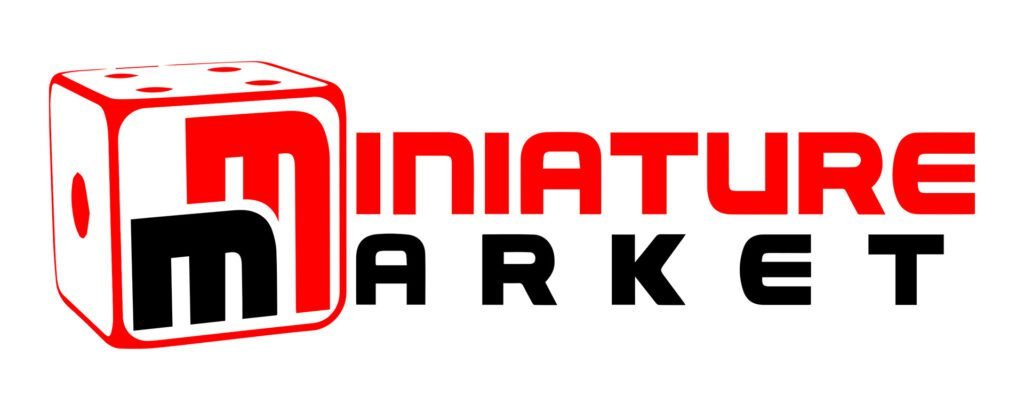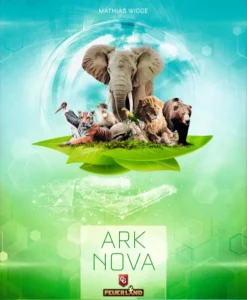Today we’re diving into “Avatar: The Last Airbender – Aang’s Destiny.” This is a board game that brings the beloved animated series to life on the tabletop. So, let’s break it down—what it is, what’s good, what’s bad, & if you should pick it up. Let’s get into it.
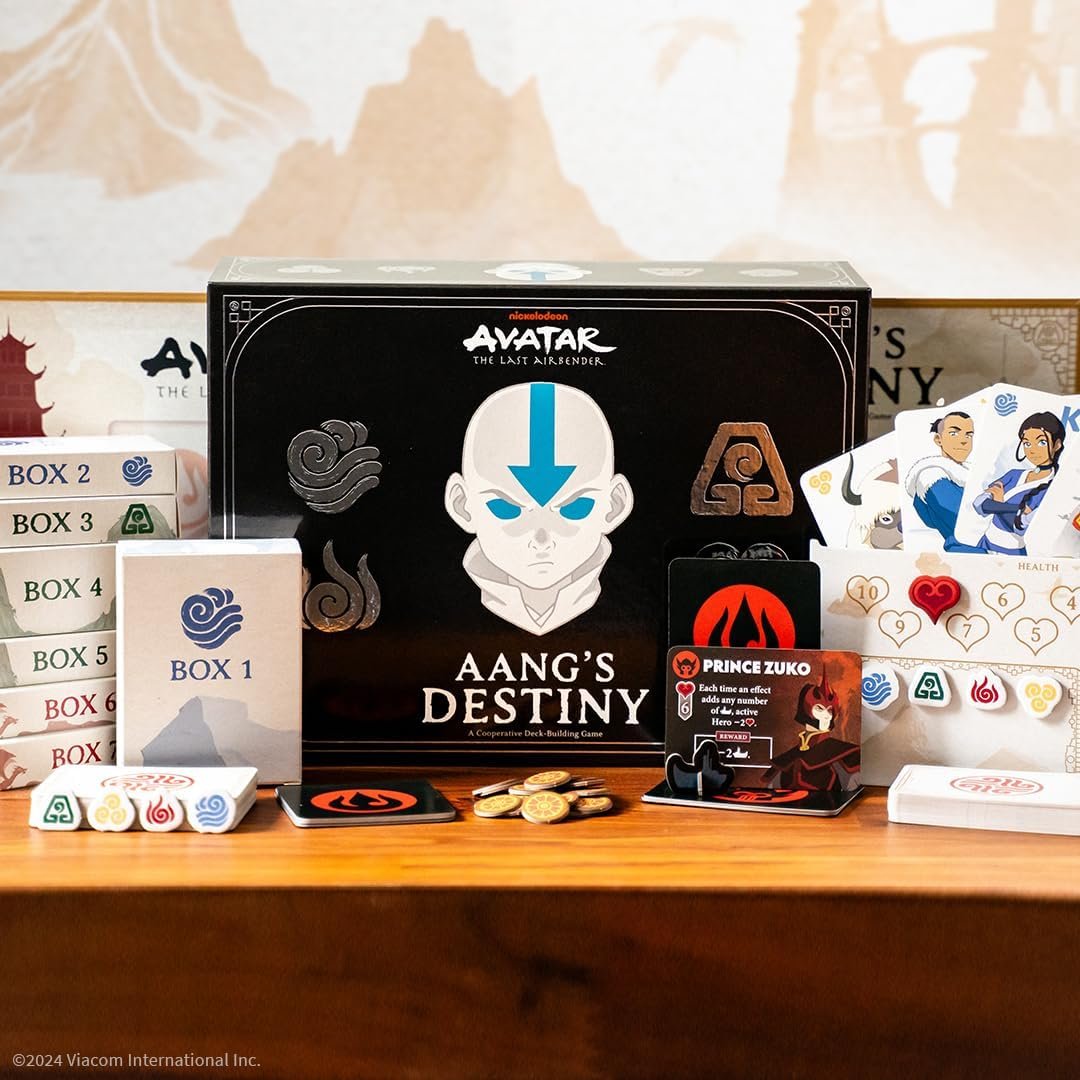
What It Is
“Avatar: The Last Airbender – Aang’s Destiny” is a cooperative deck-building game for 1-4 players. The game takes players on a journey through scenarios based on the three seasons of the show. You take on the roles of characters like Aang, Katara, & Zuko as you face challenges, encounter iconic characters, & work together to defeat the Fire Nation. The goal is to restore balance to the world, with gameplay that combines deck-building & scenario-based challenges inspired by the series.
Check Out These Recent Board Game Sales
- Board Game Sale: Disney Villainous 25% Off!
- Board Game Sale: Marvel: Crisis Protocol Core Set 30% Off!
- Board Game Sale: 7 Wonders Available for 17% Off!
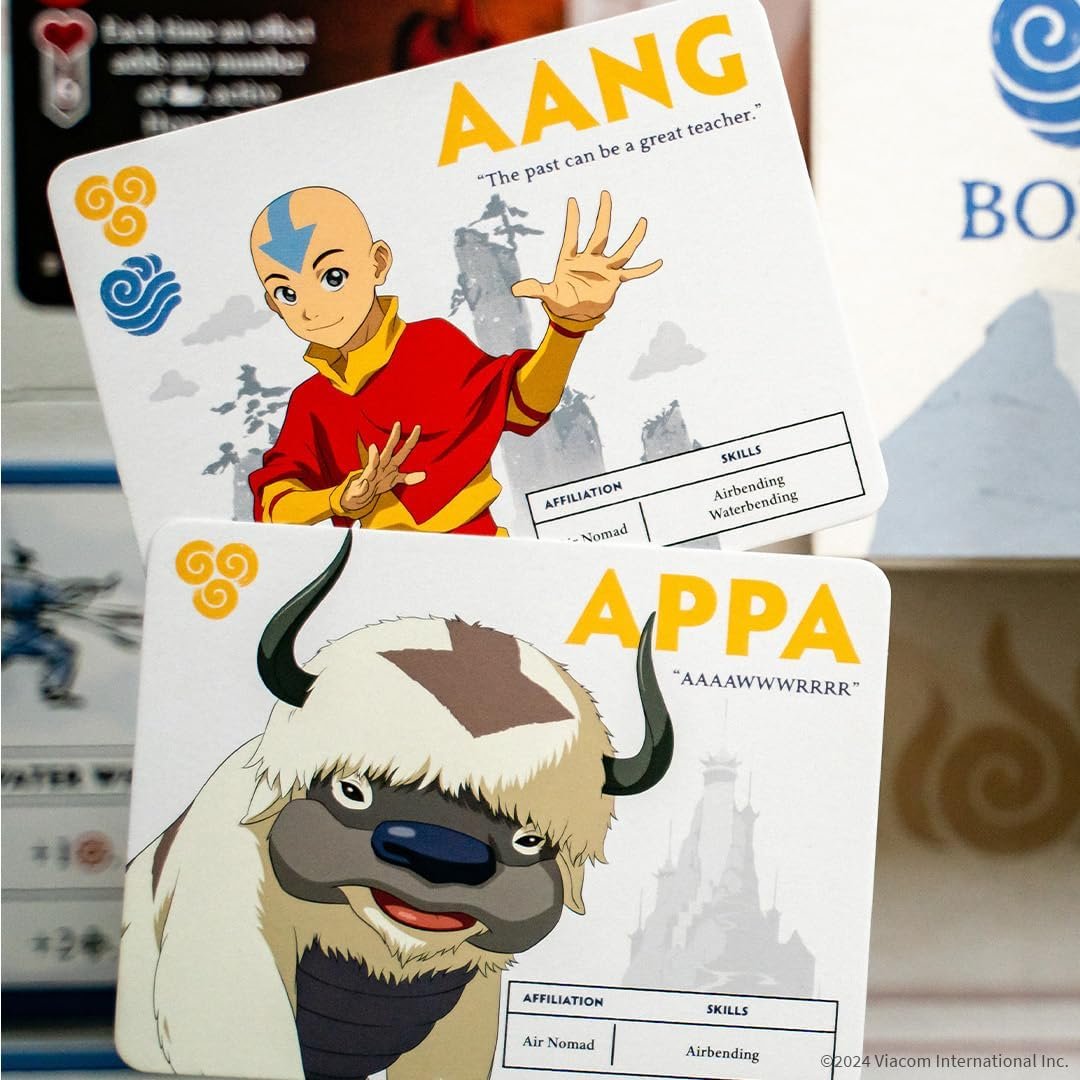
Gameplay Overview
The core gameplay revolves around deck-building, a popular mechanic where players start with a basic deck & gradually enhance it by acquiring stronger cards. Each turn, players draw five cards to generate two main resources: “purpose” & attack power. Purpose allows for purchasing new cards, while attack power is used to defeat enemies & advance objectives. This simple yet engaging system forms the backbone of the game, encouraging players to build powerful decks to meet the ever-increasing challenges.
One of the most exciting elements of Aang’s Destiny is its bending system, which adds a layer of thematic depth & strategic gameplay. Characters who can bend elements like air, water, earth, or fire can utilize both the top & bottom effects of their bending cards. However, non-benders or those wielding elements outside their natural affinity can only access the basic effects, making elemental specialization & synergy crucial. This unique mechanic not only enhances immersion in the Avatar universe but also pushes players to craft decks that complement their character’s abilities.
Each scenario in the game mirrors key moments from Aang’s journey, offering a series of objectives that drive the narrative forward. These scenarios keep the gameplay fresh & varied, aligning closely with memorable episodes from the series. Whether it’s freeing captured earthbenders or mastering new elements, the objectives offer a nostalgic connection for fans while introducing engaging challenges for new players.
The campaign-style progression system adds further depth to the game, with each completed scenario unlocking new content & increasing difficulty. While this ensures a sense of growth & accomplishment, some players may find that later scenarios extend playtime a bit too much, especially as new mechanics & challenges are introduced in the final stages. This pacing could occasionally detract from the otherwise well-balanced experience.
Aang’s Destiny introduces a highly refined market system for acquiring cards, addressing common issues seen in other deck-builders. The market ensures diversity in card availability, with dedicated spots for each bending element & generic cards. This prevents the stagnation often seen when too many duplicate cards appear, ensuring that players always have interesting options when building their decks.
Another innovative feature is the ally reserve system, which allows players to utilize allies to access bending elements they wouldn’t naturally have. By placing allies in reserve, characters can benefit from the full effects of cards outside their normal element. Players can choose to deploy these allies strategically, offering flexibility & decision-making opportunities throughout the game.
While the game shines in many areas, it does have a few shortcomings. Bending cards are notably stronger than generic cards, leading to somewhat predictable deck-building strategies. The limited deck-thinning options can also cause decks to become bloated over time, slowing down gameplay. Additionally, the game’s difficulty may feel too light for seasoned gamers, with the “boat” timer mechanic rarely providing the intended pressure, making it more suitable for casual play.
Avatar: The Last Airbender – Aang’s Destiny delivers a strong cooperative deck-building experience that captures the heart of the series. Its thematic depth, innovative mechanics, & accessible gameplay make it an excellent choice for families & fans of the show. While the balance & challenge may not fully satisfy hardcore gamers, the game’s presentation & connection to the Avatar universe make it an enjoyable journey for a wide range of players.
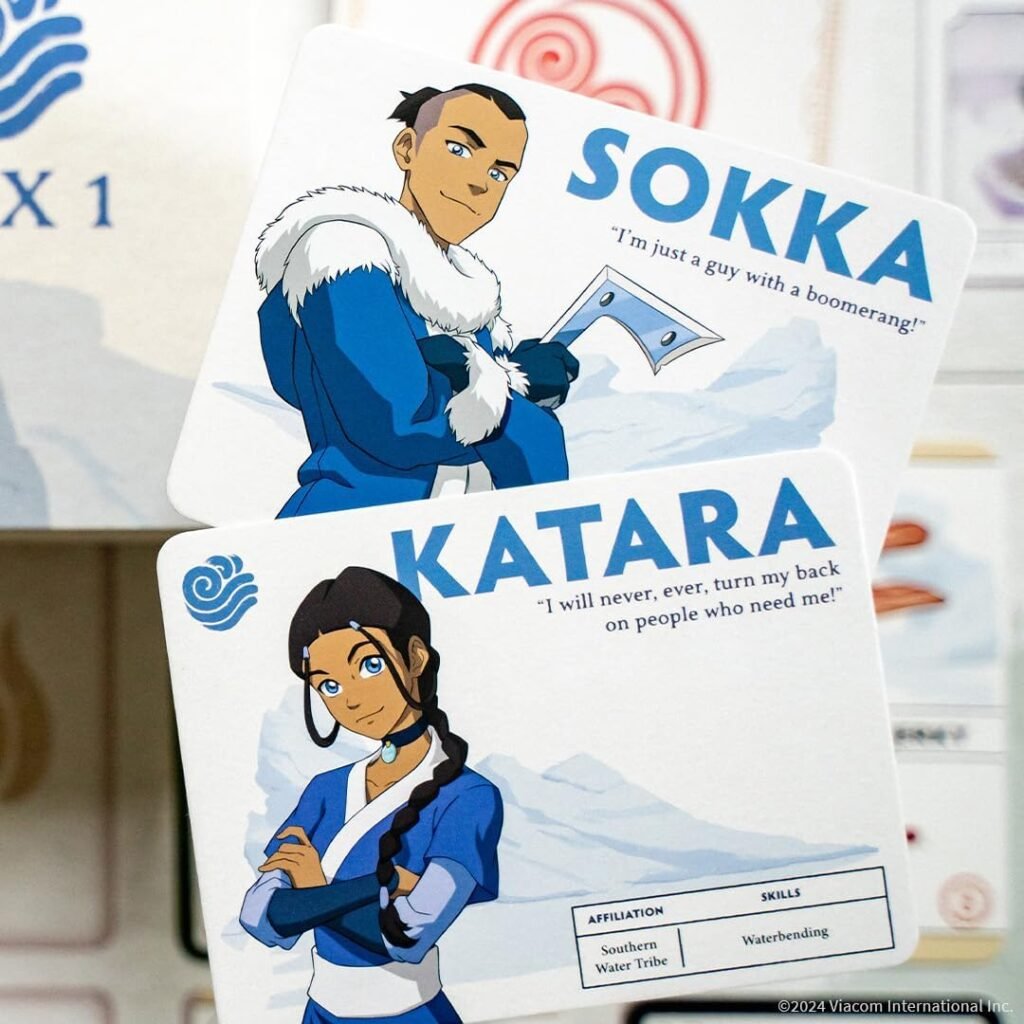
The Components
The component quality is impressive, with over 370 cards, detailed player boards, custom acrylic dice, & various tokens. The artwork faithfully captures the look & feel of the Avatar universe, immersing players in Aang’s world. Each scenario features distinct cards, objectives, & villains, & the bending system is reflected in the design of the cards. Whether you’re a fan of the series or not, the presentation is top-notch & adds a lot to the game’s charm.
The Good
One of the game’s biggest strengths is how well it captures the spirit of the Avatar series. The scenarios closely mirror key moments from the show, & the objectives are well-designed to make you feel like you’re progressing through Aang’s journey. The bending system is also a standout feature, as it ties directly into the universe’s elemental magic & adds both thematic depth & strategy. Building your deck around your character’s elemental abilities is not only rewarding but also gives the game a unique feel compared to other deck-builders.
The market system for acquiring new cards is another strong point. It avoids the stagnation that can occur in other deck-builders by stacking duplicate cards & ensuring a diverse selection of options. Plus, the ally reserve system allows for flexibility & adds a layer of strategy, as you can plan around characters who have access to elements outside their core abilities. This, combined with the campaign structure, provides a great sense of progression & keeps things engaging across multiple play sessions.
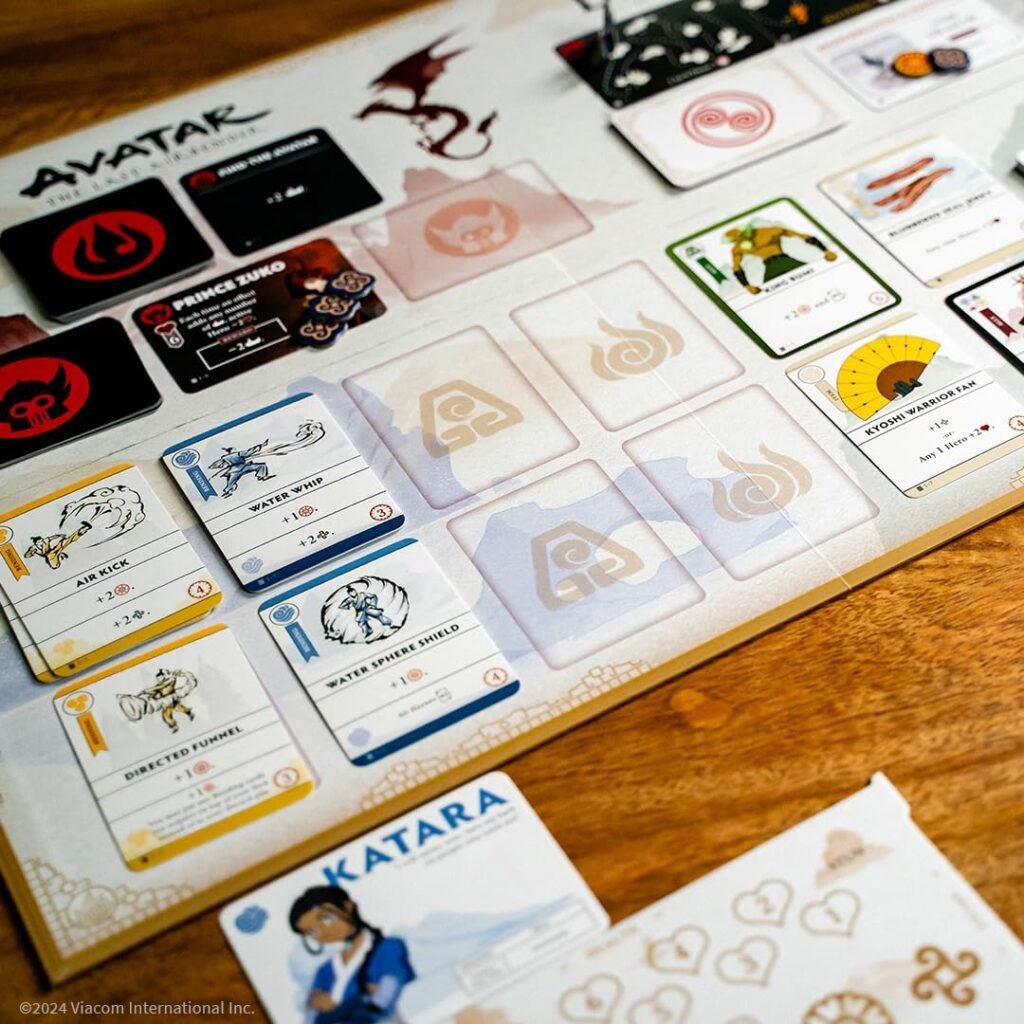
The Bad
However, the game isn’t without its flaws. One issue is the balance between bending & non-bending cards. Bending cards are often significantly more powerful, making them the obvious choice in most cases. This can lead to a lack of diversity in deck-building strategies, as players gravitate toward bending cards for their superior abilities. Additionally, the game offers limited deck-thinning options, which can lead to overly bloated decks in longer scenarios.
Another problem is the game’s difficulty. While the “boat” timer mechanic is designed to add tension & pressure, it rarely feels like a real threat. There are plenty of ways to mitigate its effects, which can make the game feel too easy, especially for experienced players. This can leave more seasoned gamers wanting a greater challenge, though it does make the game more accessible for families & casual players. In some of the later scenarios, the introduction of additional mechanics also tends to drag out the playtime, which can be a downside for those looking for a quicker experience.
The Verdict
So, should you buy “Avatar: The Last Airbender – Aang’s Destiny”? If you’re a fan of the show, it’s an easy recommendation. The game does a fantastic job of bringing the world of Avatar to life on the tabletop, with strong thematic integration, innovative mechanics like the ally reserve system, & plenty of content to keep things fresh. It’s a game that’s well-suited for families & casual players who want to experience the Avatar universe in a cooperative setting.
For more seasoned gamers, though, the lack of difficulty & balance issues might be a drawback. The bending cards are often too powerful, & the game’s timer mechanic rarely provides the intended challenge. If you’re someone who enjoys deeper strategy & tighter gameplay, you may find “Aang’s Destiny” a bit lacking in those areas. That said, the game still offers a fun, thematic experience, especially if you’re playing with fans of the series.
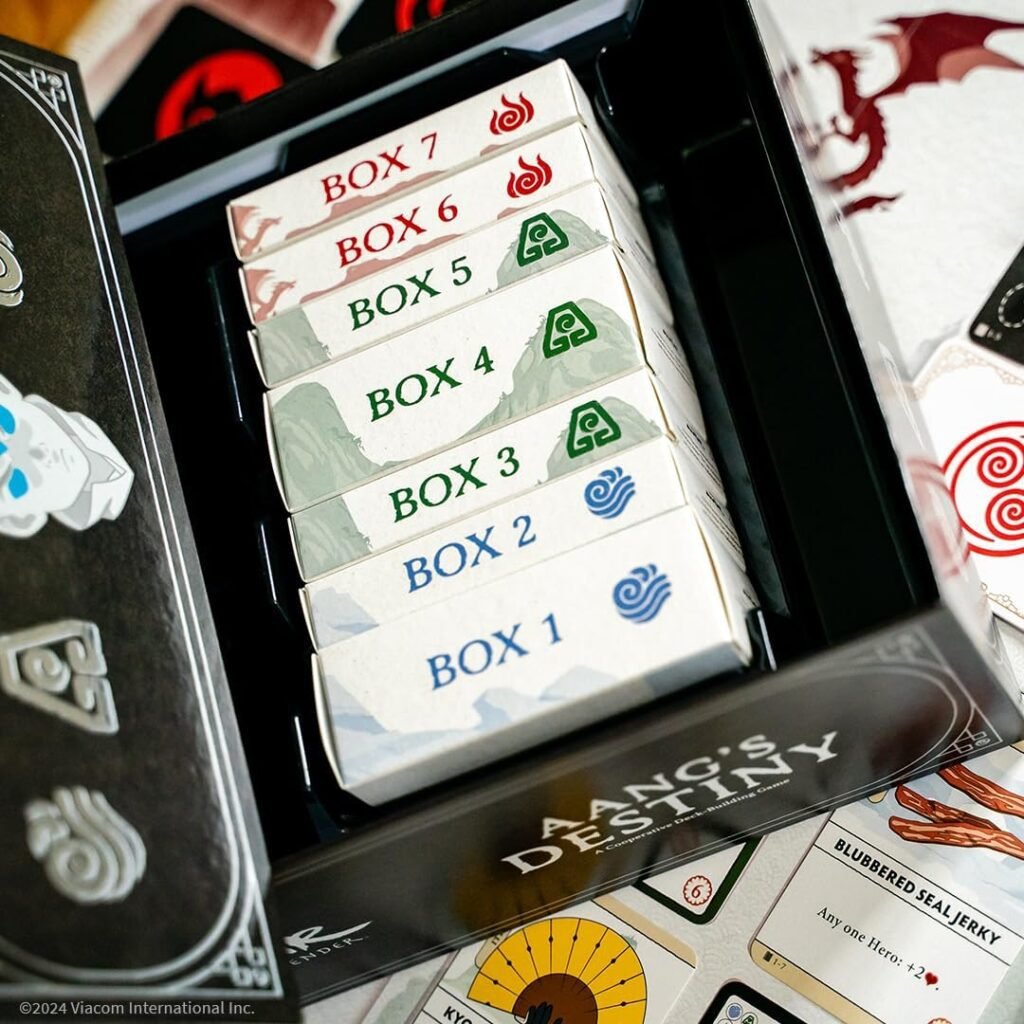
Final Thoughts
I think Avatar: The Last Airbender – Aang’s Destiny does a great job at capturing the essence of the series. If you’re a fan of the show, you’re going to love seeing all your favorite characters & moments brought to life on the tabletop. The deck-building mechanics are solid, & the bending system is really well done, making you feel like you’re actually mastering the elements as you play It feels awesome to pull off those elemental combos & see how the mechanics actually tie into what the characters can do in the show. It just clicks.
One thing I really appreciated was the ally reserve system. It’s such a smart addition that lets you adapt when your character can’t do something on their own. It kept the game from feeling stale & gave me more options to play around with. It also helped me feel like we were working together as a group—exactly what you want in a cooperative game. But on the flip side, I did notice that bending cards were often the obvious choice in the market. Non-bending cards felt underwhelming, which meant my deck-building strategy got a little predictable after a while.
Now, the game is not super challenging, & that might be a downside depending on what kind of player you are. The timer mechanic that’s supposed to keep you on edge? It didn’t really feel like much of a threat. We were rarely in a situation where we thought we were actually going to lose because of it. For me, that took some of the tension out of the experience, especially as we got further into the campaign. But I can see how that might be a plus for casual gamers or families—there’s no huge pressure, & you get to enjoy the journey.
Speaking of the campaign, it does a great job of tying into the show’s narrative. Each scenario is packed with references & moments from the series, which is a real treat for fans. It adds variety too, which is nice. I never felt like the objectives were just a repeat of the previous mission, so it kept me engaged. That said, a couple of the later scenarios did start to drag on a bit. Nothing game-breaking, but some pacing issues pop up once more mechanics are added into the mix.
Compared to other games like Harry Potter: Hogwarts Battle, this one nails the theme much better in my opinion. You feel way more connected to the characters & story in Aang’s Destiny, & the improvements in things like the market system make it a smoother experience overall. But both games have that same issue with the tension not really landing as hard as it should.
All in all, I had a lot of fun with Aang’s Destiny. If you’re a big Avatar fan, you’re going to love seeing all those familiar faces & story beats, & the gameplay is enjoyable, especially if you’re playing with a group. It’s not the toughest game out there, but if you’re looking for something accessible, thematic, & just plain fun to play, this one’s definitely worth a shot.
Purchase Options

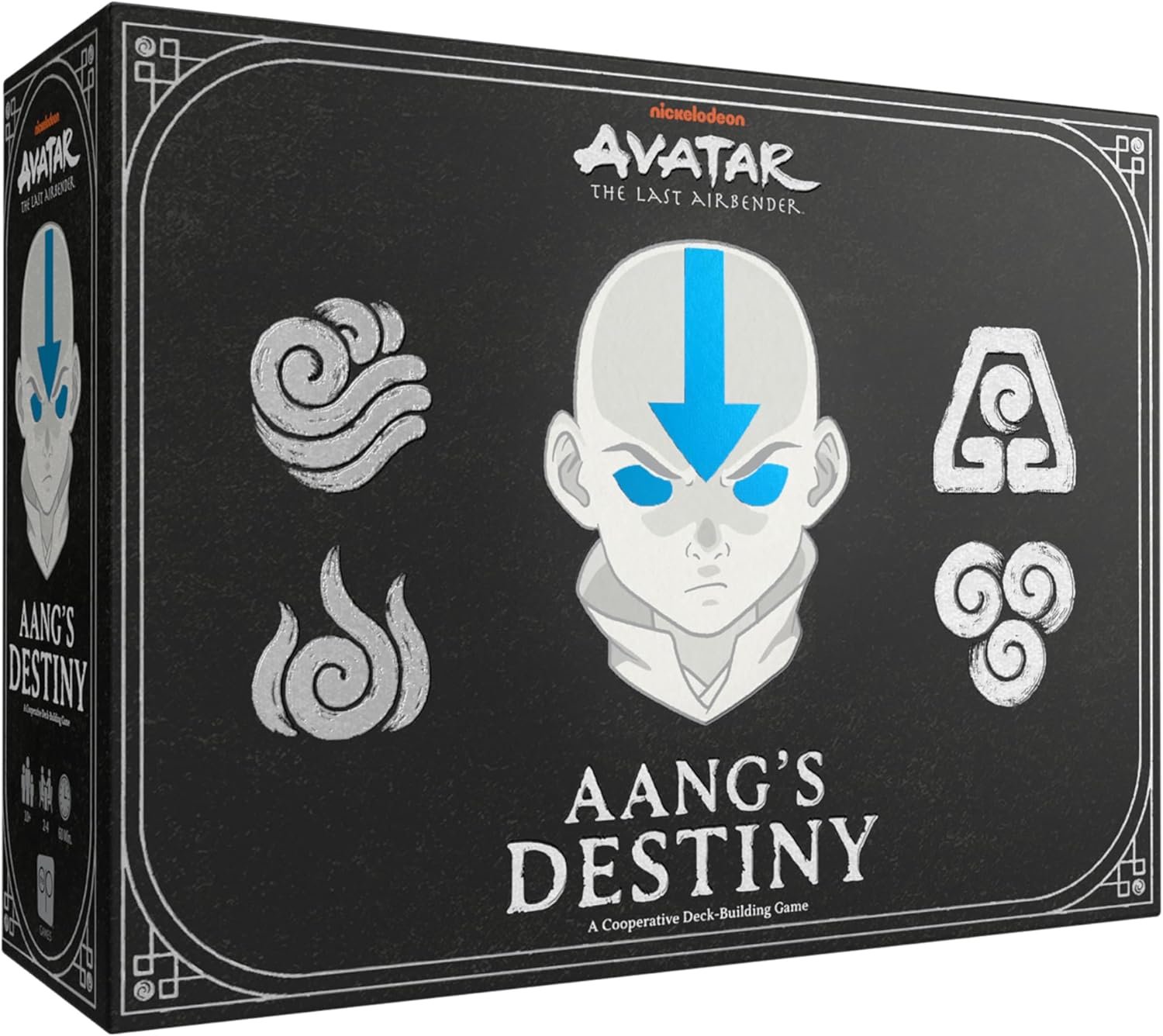
At no extra cost to you, The Board Game Site may receive revenue from affiliate and advertising partnerships for sharing this content and from purchases through links.



